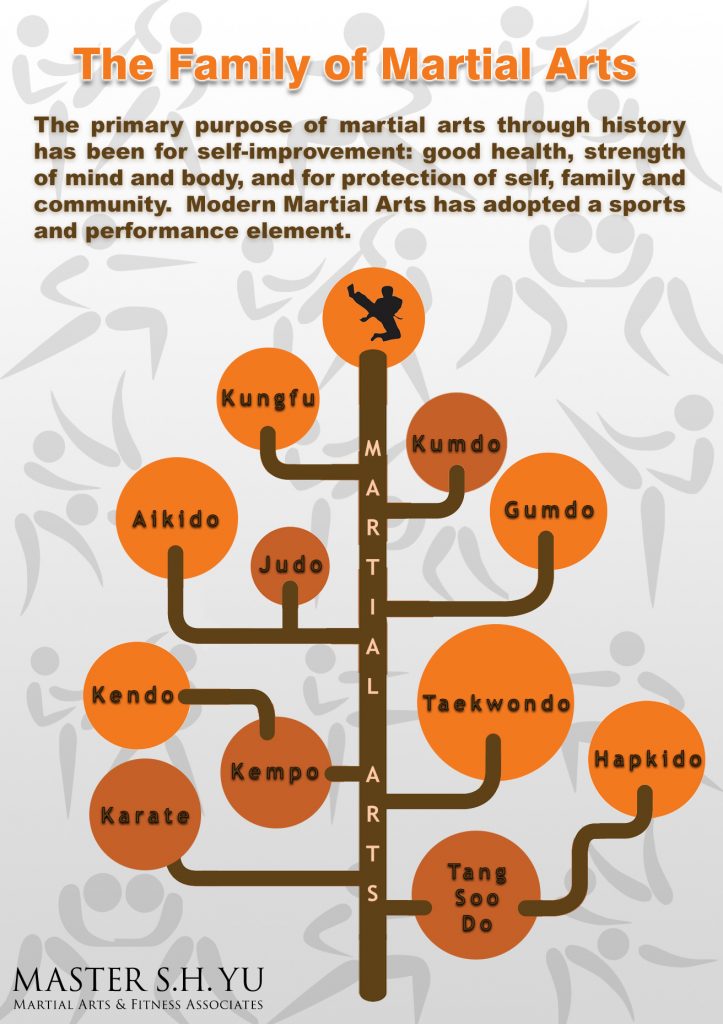Debunking The Different Fighting Style Designs: From Martial Arts To Taekwondo
Debunking The Different Fighting Style Designs: From Martial Arts To Taekwondo
Blog Article
Material Develop By-Childers Clay
Are you tired of feeling bewildered by the vast world of fighting styles? With many designs to pick from, it can be simple to get lost in a sea of punches, kicks, and mystical names. However worry not!
This conversation will debunk the various fighting styles styles, taking you on a journey from the powerful strikes of Martial arts to the dynamic kicks of Taekwondo. Get ready to reveal the origins, methods, and ideologies behind these ancient art kinds.
So, tighten your belt and prepare to embark on an informing exploration right into the exciting world of fighting styles.
Beginnings of Martial Arts Styles
The beginnings of martial arts styles can be mapped back to old worlds and their requirement for protection and fight strategies. Throughout history, different societies established their own one-of-a-kind methods of fighting, each with its own collection of techniques and ideologies.
In China, for instance, martial arts styles such as Martial art and Tai Chi were developed as a way of protection and enhancing physical and mental well-being.
In Japan, the samurai warriors produced designs like Martial arts and Judo, focusing on discipline, accuracy, and proficiency of the body.
Likewise, in Korea, Taekwondo became a fighting style highlighting high kicks, fast activities, and mental determination.
These early people laid the foundation for the diverse variety of martial arts designs that exist today, each with its own rich background and cultural relevance.
Strategies and Training Techniques
To master fighting styles styles, professionals have to find out different strategies and training methods.
Methods are the specific activities and activities used in combat, such as strikes, kicks, tosses, and obstructs. Various martial arts styles have their very own one-of-a-kind collection of techniques that professionals must master with extensive training.
Educating approaches differ depending upon the design, yet they generally involve a combination of physical conditioning, drills, competing, and kinds.
Physical fitness is important to construct strength, versatility, and endurance. learn the facts here now improve their strategies and improve their rate and precision.
Sparring enables practitioners to practice their techniques in a managed, realistic environment. is martial arts good for a 4 year old , also called kata, are cut-and-dried series of motions that aid experts establish muscular tissue memory and focus.
Philosophies and Concepts
Checking out the ideologies and principles of fighting styles designs can give you with a much deeper understanding of your selected technique. Each fighting style has its own one-of-a-kind philosophy and collection of leading concepts that shape the way it's exercised.
As an example, Martial arts stresses discipline, respect, and self-discipline. It instructs experts to focus their body and minds, allowing them to protect themselves while maintaining a sense of inner tranquility.
On the other hand, Taekwondo puts a strong focus on rate, agility, and flexibility. Its principles are rooted in the tenets of courtesy, honesty, willpower, self-constraint, and indomitable spirit.
Verdict
Since you've discovered the beginnings, methods, and viewpoints of numerous fighting styles styles, you have a much deeper understanding of these ancient self-controls.
Think of a young karate trainee, exercising with steadfast resolution and emphasis, appearing boards with a powerful punch.
Their trip showcases the commitment and toughness needed to understand a martial art, reminding us that with technique and willpower, anything is possible.
